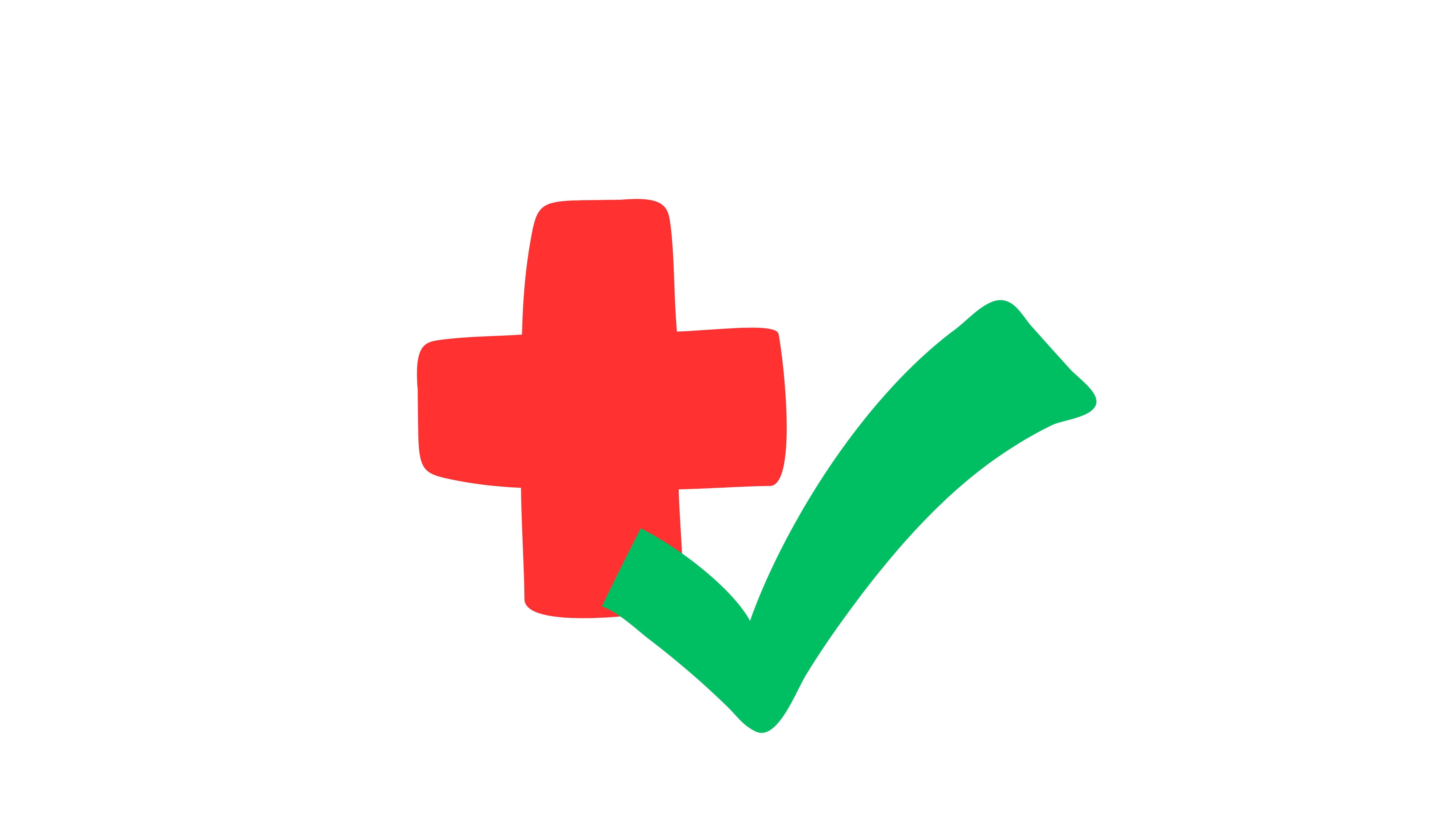ECHO CARDIOGRAPHY
STRESS ECHO ?
Stress echocardiography is a medical imaging test that uses ultrasound technology to evaluate the heart's function under physical stress, typically exercise or medication-induced stress. It's a valuable tool for diagnosing and monitoring cardiovascular conditions, particularly coronary artery disease.
# How is stress echocardiography performed?
During a stress echocardiography test:
1. Initial echocardiogram: A resting echocardiogram is performed to evaluate the heart's function at rest.
2. Exercise or medication-induced stress: The patient is asked to exercise on a treadmill or stationary bike, or is given medication to increase heart rate and blood pressure.
3. Stress echocardiogram: An echocardiogram is performed immediately after exercise or stress, to evaluate the heart's function under stress.
4. Comparison: The resting and stress echocardiograms are compared to evaluate changes in heart function.
# What does stress echocardiography measure?
Stress echocardiography measures:
1. Heart function: Evaluates the heart's pumping efficiency, valve function, and overall performance.
2. Coronary artery disease: Detects blockages or narrowing of the coronary arteries, which supply blood to the heart.
3. Cardiac output: Measures the heart's ability to pump blood effectively.
# Benefits of stress echocardiography
Stress echocardiography offers several benefits:
1. Non-invasive: Does not require insertion of catheters or other invasive procedures.
2. Low risk: Has a low risk of complications compared to other cardiac tests.
3. High accuracy: Provides accurate information about heart function and coronary artery disease.
4. Guides treatment: Helps guide treatment decisions, such as medication, angioplasty, or surgery.
# Who is a candidate for stress echocardiography?
Stress echocardiography is typically recommended for:
1. Symptomatic patients: Those experiencing chest pain, shortness of breath, or other cardiac symptoms.
2. High-risk patients: Those with risk factors for coronary artery disease, such as high blood pressure, high cholesterol, or family history.
3. Patients with known coronary artery disease: To monitor disease progression and guide treatment.


